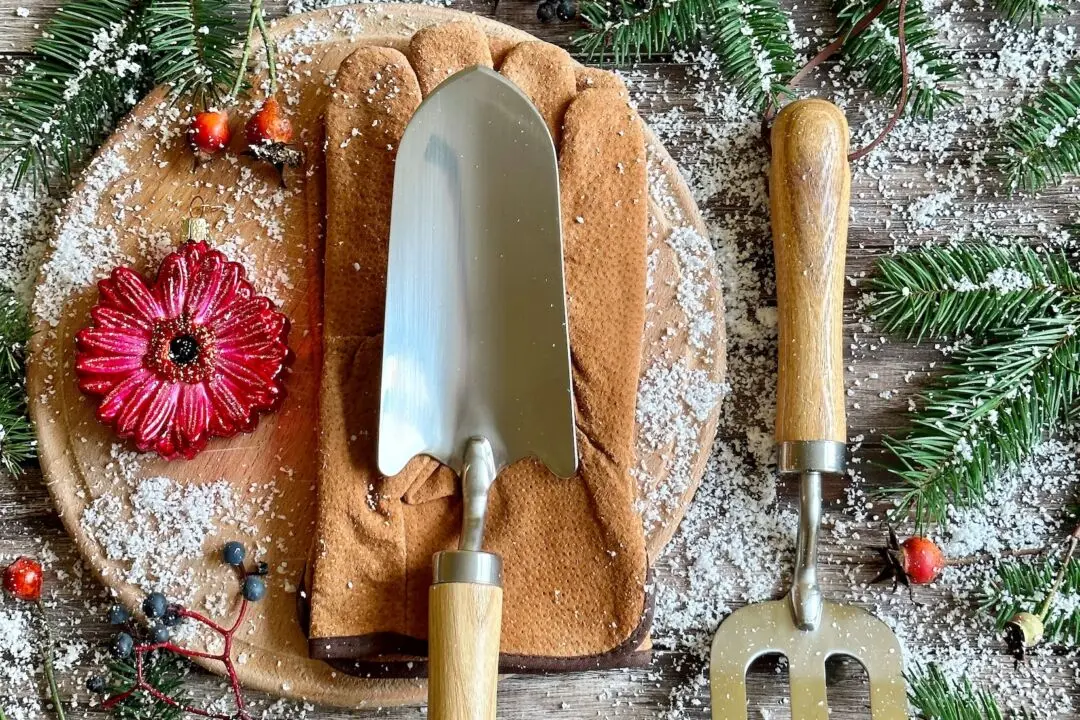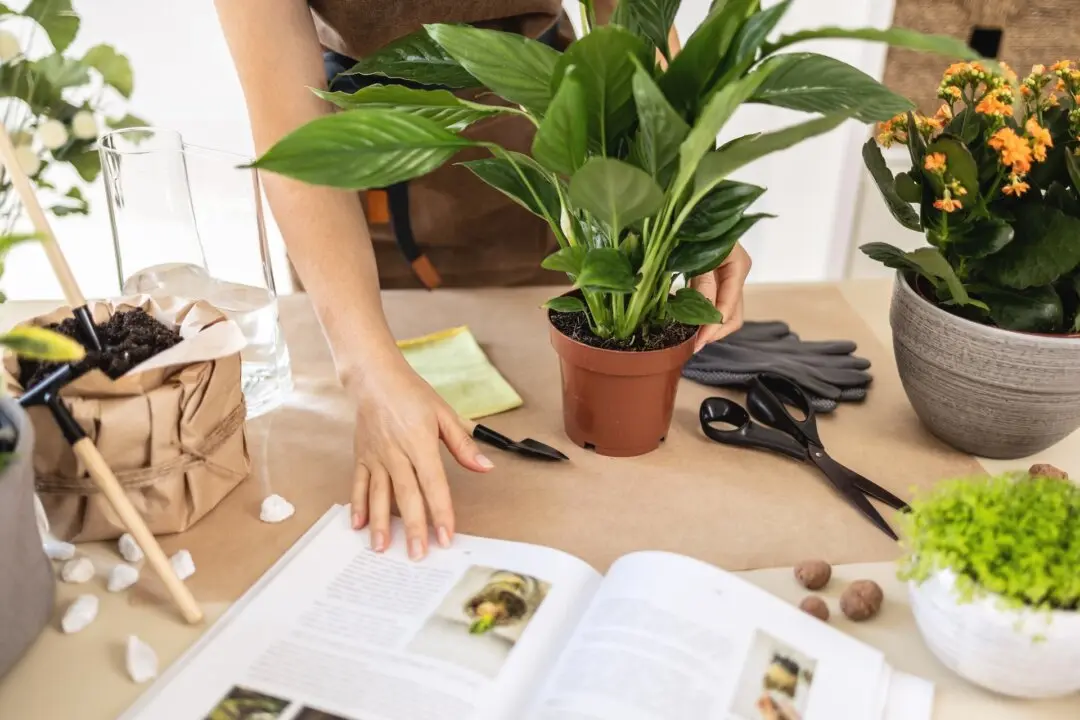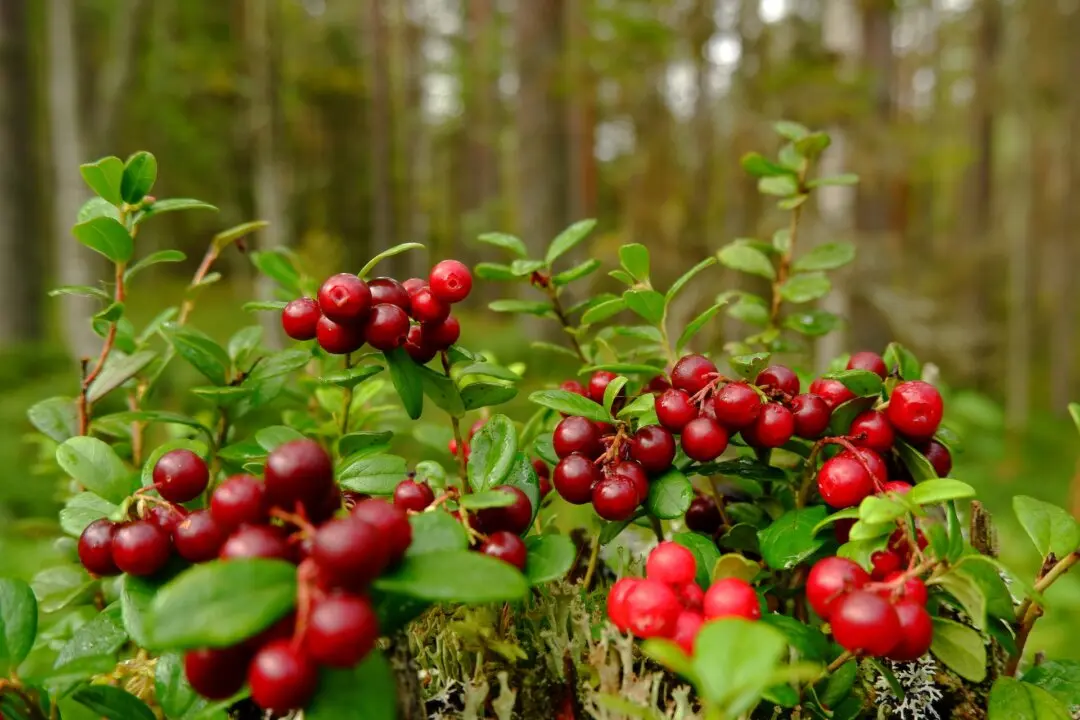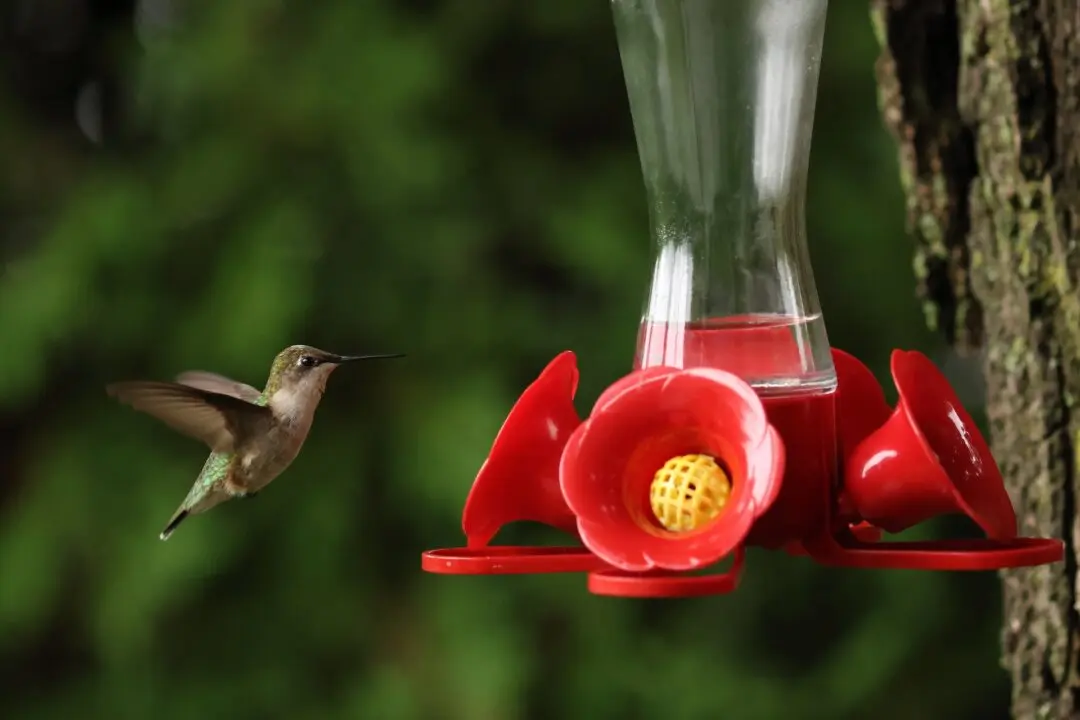Q: Our new house has a few apple and pear trees. They are older trees, but they don’t have a lot of fruit. How do we tell when they are ripe?
Apples
A: The first thing to know about apple trees is how many days it has been since the tree was in bloom. The length of time from blooming to harvest is listed in information about every apple tree variety, but unfortunately, most people don’t keep track of that information. In this case, you may not know what variety the trees are. The number is often given as a range, such as Granny Smith apples ripening in 165 to 180 days.The second thing to look for is the color of the apple. Most apples develop some red coloring, but we are mostly looking for the lack of bright green, especially in the hollow area around the stem. Even Granny Smith, which is a green apple, will get a yellowish-green when ripe. The more important place to look for green is on the inside of the apple. Cut or bite into an apple and if the inside flesh is green, it is not ripe, except in the case of some red delicious apples that may stay greenish for a while even after harvest.





